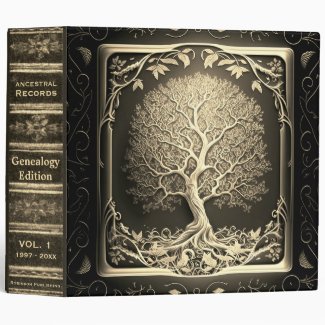The Tree of Life and the Chakras
The Tree of Life and the Chakras are two universal symbols that have been used for centuries to represent the creation of the universe and the energy centers of the body. These symbols have been used in different cultures and spiritual practices all over the world. In this article, we will explore the relationship between these two symbols and how they can be used as a tool for healing and spiritual growth.
The Tree of Life: A Universal Symbol of Creation
The Tree of Life is a symbol that has been used in many different cultures and spiritual practices throughout history. It represents the idea of creation, growth, and interconnectedness. The Tree of Life is often depicted as a tree with roots that grow deep into the earth and branches that reach up towards the sky. It is a symbol that reminds us of our connection to the earth, the sky, and everything in-between.
The Chakras: Energy Centers of the Body
The chakras are energy centers located throughout the body. There are seven main chakras, each located at different points along the spine. Each chakra is associated with a different color, element, and aspect of our being. The chakras play a vital role in our physical, emotional, and spiritual well-being. When they are balanced and aligned, we feel healthy, energized, and connected.
The Relationship Between the Tree of Life and the Chakras
The Tree of Life and the chakras are interconnected symbols. The Tree of Life represents the flow of energy throughout the universe, while the chakras represent the flow of energy throughout the body. The chakras are like branches of the Tree of Life, and they help to channel the energy that flows through us.
From Malkuth to Kether: Mapping the Seven Chakras
The seven chakras are often mapped onto the Tree of Life. Each chakra is associated with a different sephirah, or sphere, on the Tree of Life. The first chakra, located at the base of the spine, is associated with the sephirah of Malkuth, while the seventh chakra, located at the crown of the head, is associated with the sephirah of Kether. Mapping the chakras onto the Tree of Life can help us to understand the flow of energy throughout the body and the universe.
Using the Tree of Life to Heal and Balance the Chakras
Using the Tree of Life as a tool for healing and balancing the chakras can be very effective. By meditating on the different sephiroth and their corresponding chakras, we can become more aware of the energy flowing through our bodies. We can use this awareness to identify areas of imbalance and work to restore balance to the chakras. This can involve practices such as visualization, breathwork, and movement.
Aligning the Tree of Life and the Chakras for Spiritual Growth
Aligning the Tree of Life and the chakras can be a powerful tool for spiritual growth. By working with these symbols, we can deepen our understanding of the universe and our place within it. We can also become more attuned to the energy flowing through us and the world around us. This can lead to a greater sense of connection, purpose, and meaning in our lives.
The Tree of Life and the chakras are two symbols that have the power to connect us to something greater than ourselves. By working with these symbols, we can tap into the energy that flows through us and the universe. We can use this energy to heal, grow, and connect with others. Whether you are new to these symbols or have been working with them for years, there is always more to discover and explore. So why not start today? The journey is sure to be a rewarding one.

